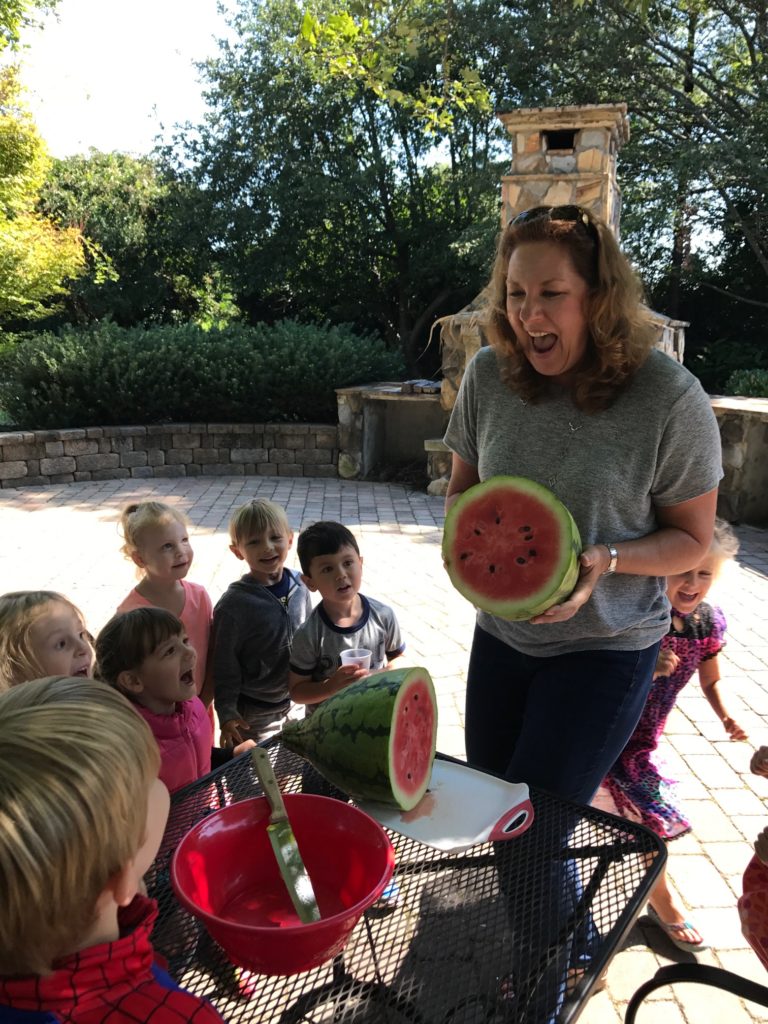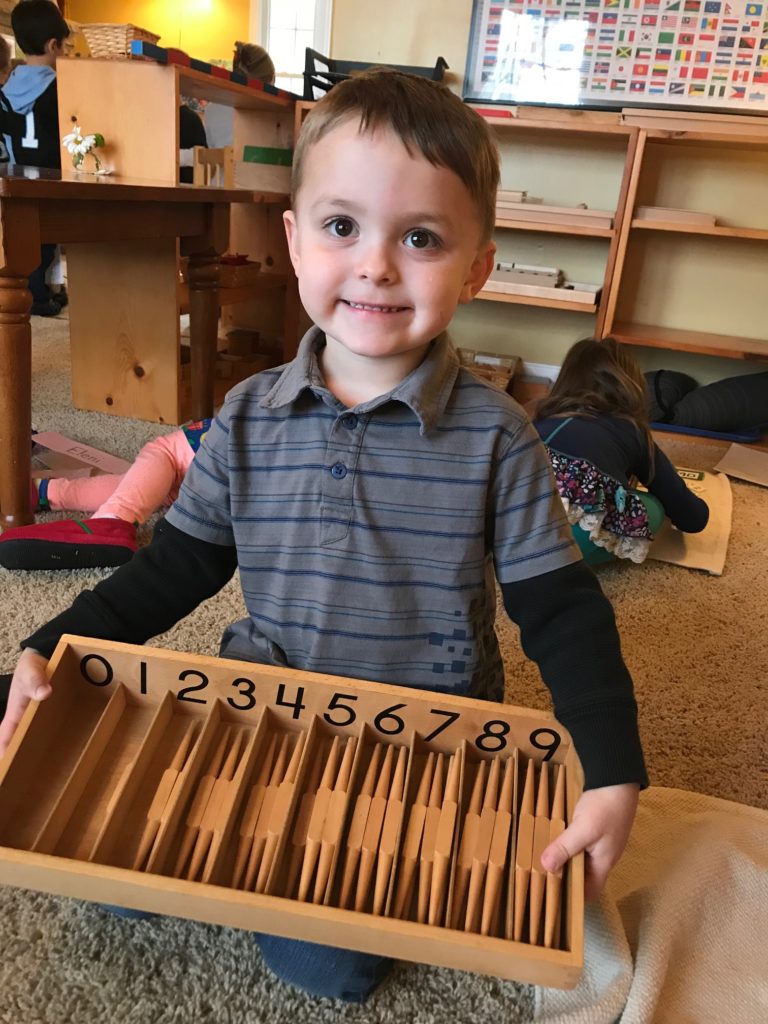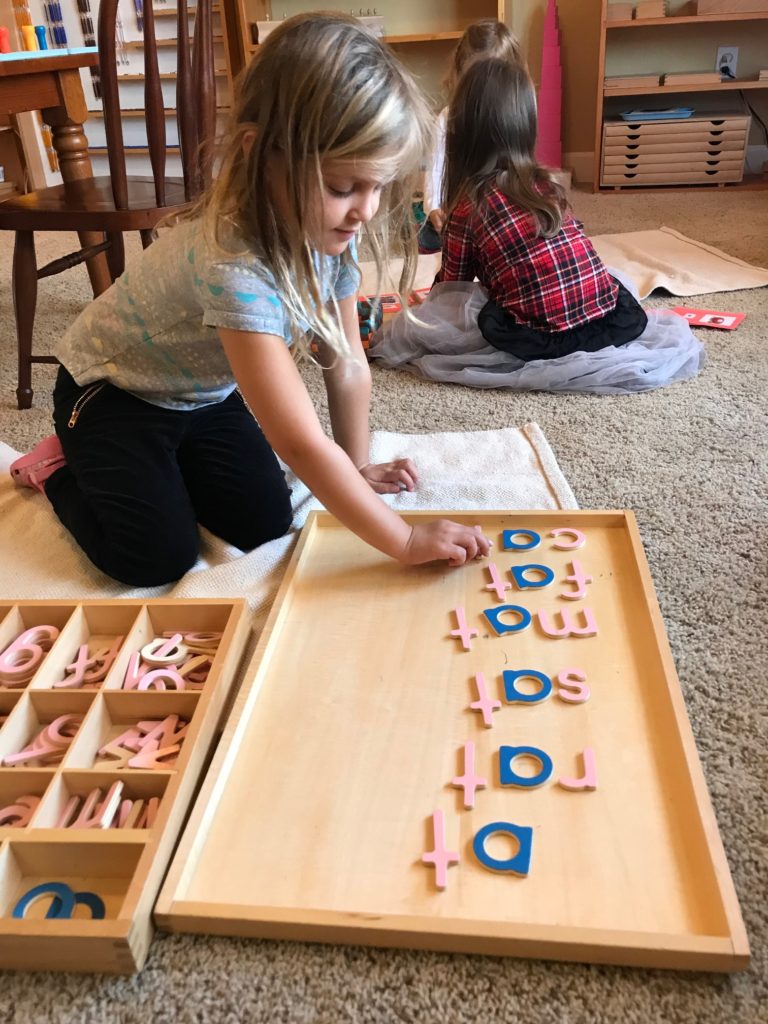Montessori Philosophy
Frequently Asked Questions
Montessori education was founded in 1907 by Dr. Maria Montessori, the first woman in Italy to become a physician. She based her educational methods on scientific observation of children’s learning processes. Guided by her discovery that children teach themselves, Dr. Montessori designed a “prepared environment” in which children could freely choose from a number of developmentally appropriate activities. Now, a century after Maria Montessori’s first casa dei bambini (“children’s house”) in Rome, Montessori education is found all over the world, spanning ages from birth to adolescence.
Montessori emphasizes learning through all five senses, not just through listening, watching, or reading. Children in Montessori classes learn at their own, individual pace and according to their own choice of activities from hundreds of possibilities. Learning is an exciting process of discovery, leading to concentration, motivation, self-discipline, and a love of learning. Montessori classes place children in three-year age groups (3-6, 6-9, 9-12) forming communities in which the older children spontaneously share their knowledge with the younger ones. Montessori represents an entirely different approach to education.
Yes, you can use Montessori principles of child development at home. Look at your home through your child’s eyes. Children need a sense of belonging, and they get it by participating fully in the routines of everyday life. “Help me do it by myself” is the life theme of the preschooler. Can you find ways for your child to participate in meal preparation, cleaning, gardening, caring for clothes, shoes, and toys? Providing opportunities for independence is the surest way to build your child’s self-esteem.
At the school level, many homeschooling and other parents use the Montessori philosophy of following the child’s interest and not interrupting concentration to educate their children.
In school only a trained Montessori teacher can properly implement Montessori education, using the specialized learning equipment of the Montessori “prepared environment.” Here social development comes from being in a positive and unique environment with other children- an integral part of Montessori education.
As with the choice of a Montessori school for children, an adult must also exercise wisdom in choosing a teacher training course. Anyone can legally use the name “Montessori” in describing their teacher training organization. One must be sure the certification earned is recognized by the school where one desires to teach.
The two major organizations offering Montessori training in the United States are the Association Montessori Internationale (AMI) and the American Montessori Society (AMS). Most training centers require a bachelor’s degree for admission. Training ranges from 200 to 600 pre-service contact hours and covers principles of child development and Montessori philosophy as well as specific uses of the Montessori classroom materials. Montessori training centers can be found across North American and around the world.
Source: Michael Olaf Montessori Company



